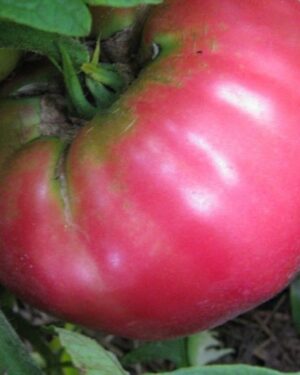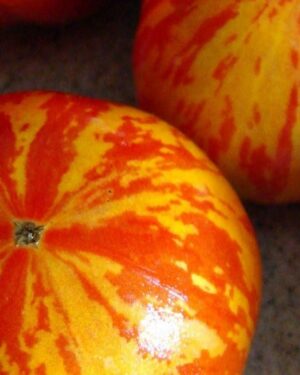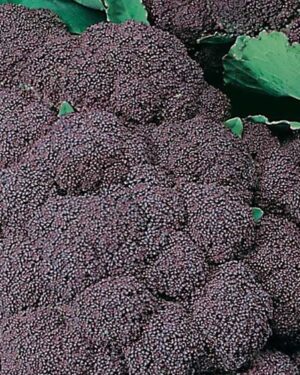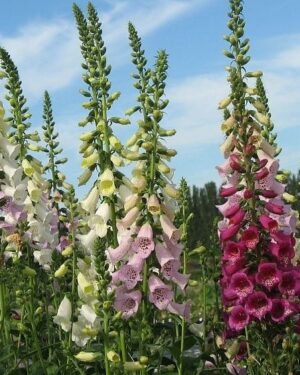Description
Organic Courgette Black Beauty
Organic Courgette Black Beauty . of the most popular and productive varieties on offer, easy to grow and fast maturing, producing a generous crop of delicious and delicately flavoured dark green fruits. These Zucchini plants are compact bush type, bearing handsome oblong dark green fruits in prolific quantities if continuously harvested. Crops in about 55 days from germination. (20 Seeds per pack)
Cultivation Advice
- Choose well-draining, fertile soil rich in organic matter. Incorporate compost or well-rotted manure before planting to enhance soil fertility.
- Plant seeds or seedlings in a location with full sun exposure, spacing them about 2-3 feet apart. Ensure the soil temperature is consistently above 60°F (16°C) for successful germination.
- Maintain consistent moisture levels, especially during the flowering and fruiting stages. Water deeply but infrequently to encourage deep root growth.
- Apply mulch to retain soil moisture and suppress weed growth. Keep the area around the plants weed-free to minimize competition for nutrients.
- Consider side-dressing with compost or organic fertilizers during the growing season to support plant health and fruit development. Avoid excessive nitrogen, which can lead to lush foliage but fewer fruits.
- Provide support, like stakes or cages, to help the plants grow vertically. Pruning excessive foliage can improve airflow and sunlight exposure, leading to better fruit production.
- Monitor for common pests like aphids or squash bugs. Employ natural pest control methods such as hand-picking or using organic insecticidal soap. Practice crop rotation to reduce disease incidence.
- Harvest courgettes when they reach a desirable size (usually 4-6 inches in length) to encourage continuous fruit production. Regular harvesting also prevents fruits from becoming oversized and tough.
- Use harvested courgettes promptly for the best flavor. If needed, store them in the refrigerator for a few days in a perforated plastic bag.
- Ensure a warm environment for Courgette Black Beauty, as they thrive in temperatures between 70-85°F (21-29°C). Protect seedlings from late spring frosts, as they are sensitive to cold temperatures.
- If pollinators are scarce, hand pollination can aid fruit development. Gently transfer pollen from the male flowers to the female flowers using a small brush or cotton swab.
- Monitor soil moisture regularly, especially during hot and dry periods. Mulching helps retain moisture and regulate soil temperature, essential for consistent growth.
- Consider planting companion herbs or flowers like marigolds, nasturtiums, or basil, which can help deter pests and attract beneficial insects to the garden.
- Adequate spacing between plants promotes air circulation, reducing the risk of diseases such as powdery mildew. Good airflow around the plants helps keep foliage dry.
- Utilize natural pest control methods such as introducing beneficial insects like ladybugs or lacewings. Neem oil or diatomaceous earth can also deter pests while being organic and non-toxic.
- Regularly harvest mature courgettes to encourage the production of new fruits. Overripe or oversized courgettes can signal the plant to slow down production.
- Consider adding organic matter like compost or mulch throughout the growing season to replenish soil nutrients and promote soil health.
- Understand the specific traits of Courgette Black Beauty, such as its growth habit and expected size, to better manage its cultivation needs.
- Perform routine inspections for signs of pests, diseases, or nutrient deficiencies. Early detection allows for timely intervention.
- Use organic fertilizers rich in nitrogen, phosphorus, and potassium. Compost tea or well-decomposed organic matter can serve as excellent natural fertilizers.
- Employ drip irrigation or soaker hoses to deliver water directly to the roots, reducing water wastage and minimizing fungal issues on foliage.
- Rotate crops annually to prevent soil depletion and minimize disease buildup. Companion planting with beneficial herbs or flowers can enhance soil health and deter pests.
- Regularly harvest ripe courgettes to encourage continual production. Leaving over-mature fruits on the plant can slow down new fruit development.
- Employ physical barriers like row covers or netting to safeguard young plants from pests like cucumber beetles or squash bugs.
- Practice IPM by introducing natural predators like ladybugs or using biological controls such as beneficial nematodes to manage pest populations.
- Regularly test soil pH and amend if necessary to ensure optimal nutrient uptake by the plants. Courgettes prefer slightly acidic soil with a pH around 6.0-6.8.
- If planning to save seeds for future planting, allow the fruits to fully mature on the vine. Extract and dry the seeds thoroughly before storing them in a cool, dry place.









Reviews
There are no reviews yet.